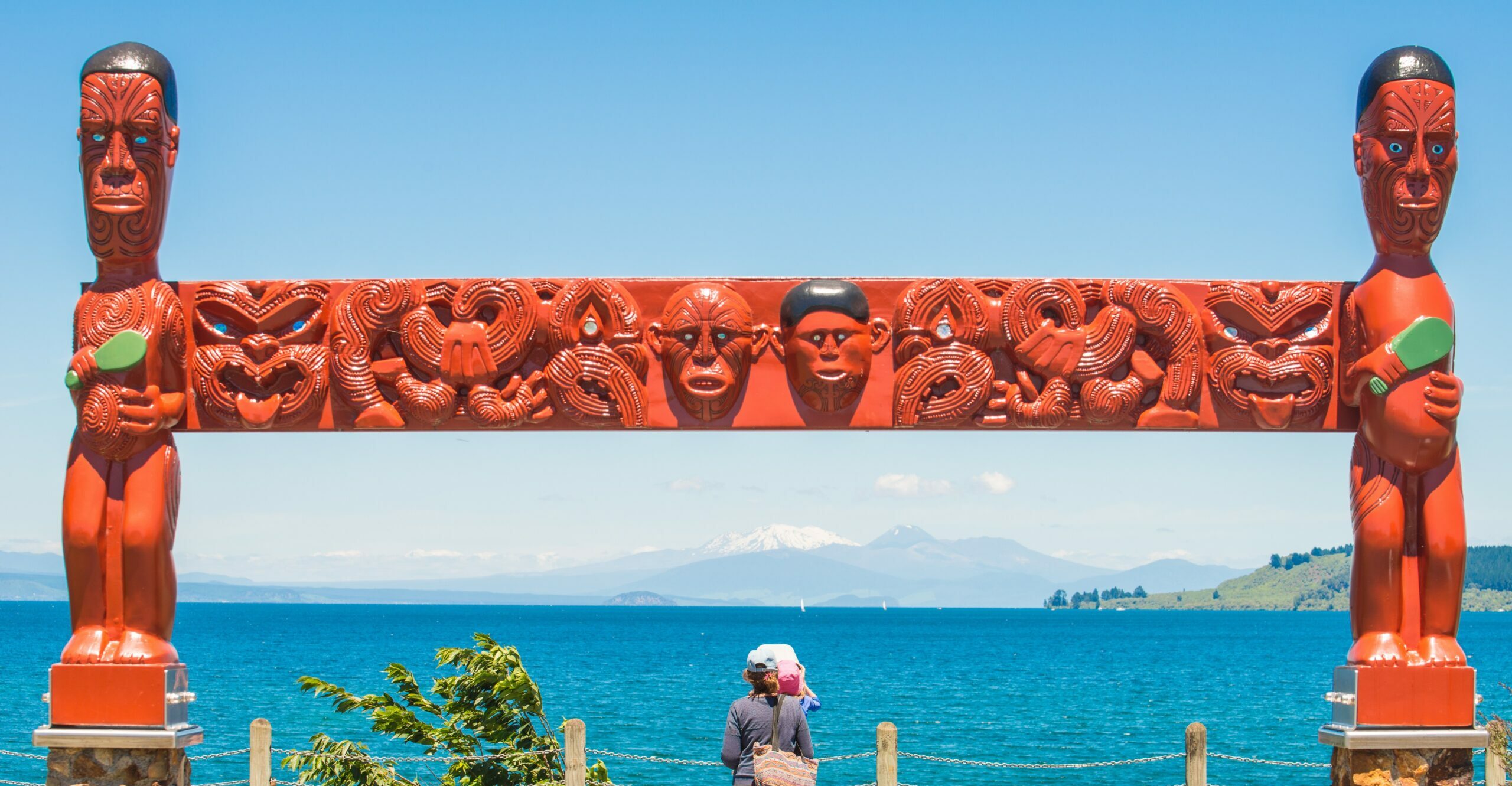by Laura Jones
Updated on February 12, 2024
Are you wondering what language to learn if you’re going to New Zealand? New Zealand’s increasingly diverse population means that there is a huge number of different languages spoken in this island nation. The most spoken languages are English and Te Reo Māori, with Samoan, Chinese and Hindi currently completing the top five.
But, there is a huge gap between the languages. While over 95% of people in New Zealand speak English, only around 4% of New Zealanders can speak Māori fluently. The others have even fewer speakers but the numbers are growing quickly. Let’s take a look at some of New Zealand’s languages.
English is not one of the two official languages in New Zealand. However, almost everyone in New Zealand speaks English; signs in public places are in English and it’s the main language used in schools and government buildings. New Zealand English is most similar to Australian English in terms of vocabulary and pronunciation – so much so that people from the Northern Hemisphere often can’t tell the difference between the two.
Luckily, there are some big differences to help you distinguish a Kiwi from an Aussie. First, listen for the pronunciation of the letter e; in New Zealand, it’s pronounced more like i, so pen sounds closer to pin. Then, learn some Kiwi words. If you’re heading to the beach to stay in your bach (holiday home), don’t forget your jandals (flip flops) and your chilly bin (cooler). If you prefer going tramping (hiking) in the mountains, it’ll be sweet as.
Often simply called Te Reo – “the language” – Māori became one of New Zealand’s official languages in 1987. Māori is the indigenous language of New Zealand and up until the 19th century, it was the most spoken language in the country. When English-speaking settlers started to arrive in New Zealand, it became a written language for the first time. But, as Europeans started to outnumber the Māori people, the language started to decline.
Since the 1980s, there has been a lot of focus on reviving Te Reo. Now, you can see signs in Māori and English all over New Zealand but particularly on the North Island, where more Māori people live. Rotorua, a city on the North Island, became the first officially bilingual city in 2015. It’s also taught in schools across the country. If you go to New Zealand, it’s a very good idea to pick up a few words in Te Reo. Start with kia ora (hello) and, of course, Aotearoa, the Māori name for New Zealand.
The third most spoken language in New Zealand is Samoan; there are over 100,000 Samoan speakers there. Like Māori, Samoan is a Polynesia language and most people who speak it in New Zealand live on the North Island, especially in Auckland. Hindi, an Indian language, and Northern Chinese languages, including Mandarin, come next thanks to large populations from these countries who have settled there.
But there are other languages here too. Lots of French speakers live in Wellington and there’s a large community of German speakers, particularly on the South Island. There are also growing numbers of people who speak Tagalog, some southern Chinese languages and Tongan.
Earlier in this article, we said that English is not one of New Zealand’s two official languages. You know that Māori is one, so what’s the other? New Zealand Sign Language (NZSL). NZSL is more similar to British Sign Language than American and it includes some Māori words.
Now you know there’s no one answer to this question. And the list of languages spoken in New Zealand is only getting longer! If you’re thinking about going there on vacation or to work, you’ll want to start with English and try to pick up a few Māori expressions. Wherever you come from, welcoming, multicultural New Zealanders will be ready to listen to you.
